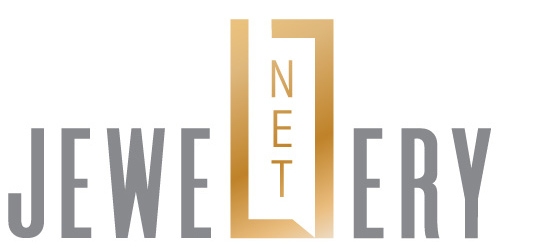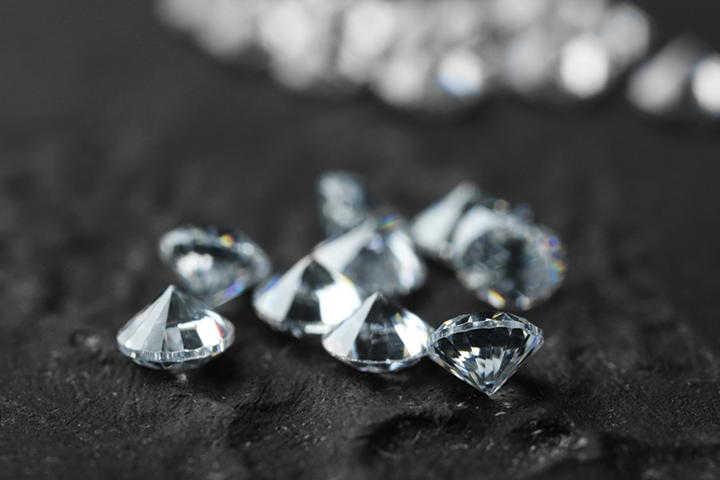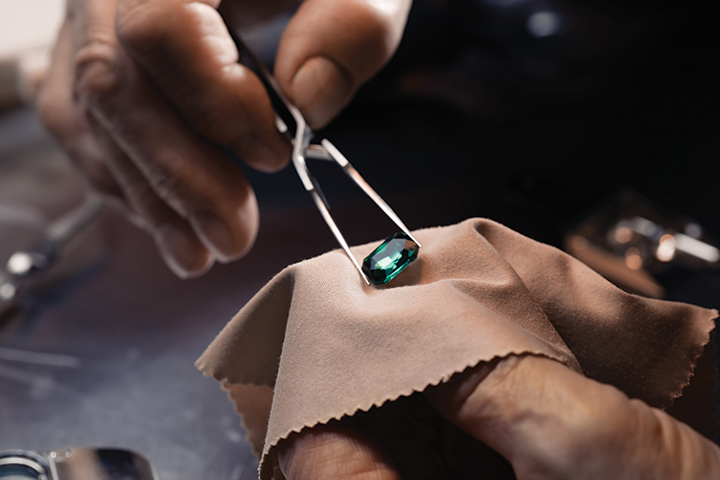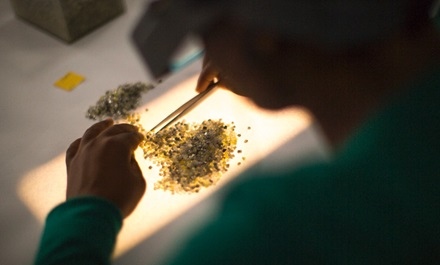Amid a promising start to 2024, unprecedented challenges such as China’s economic breakdown, political wars as well as shifting consumer preferences began taking their toll on the gem and jewellery trade. Adapting to the changing times, however, could be key to unlocking new opportunities and sources of growth.
This article first appeared in the JNA November/December 2024 issue.
For many in the jewellery industry, 2024 is a year of trials and revivals – marked by early gains and moderately positive business performance as well as complex challenges down the road.
Shoots of post-crisis recovery were evident at the beginning of the year. De Beers Group reported encouraging results from its first sales cycle in January on the back of steady consumer demand for diamond jewellery in the US alongside resumption of diamond imports into India after a two-month moratorium in 2023.
Market appetite for luxury jewellery was also on the rise, coming from solid holiday sales in 2023. The National Retail Federation (NRF) reported solid gains in US retail sales in the first two months of the year due to a resilient labour market and sustained consumer spending.
A more favourable retail environment was similarly apparent in Hong Kong, with the jewellery retail sector registering double-digit growth in January sales, supported by inbound tourism and economic growth.
Cracks, however, started to appear as demand from the traditionally strong China market began to dwindle coupled with soaring gold prices and macroeconomic and geopolitical turmoil, which eventually resulted in supply chain bottlenecks. Specifically, a surplus in diamond inventories was becoming more pronounced.
The World Gold Council (WGC), meanwhile, attributed lacklustre gold jewellery consumption in the first half of the year to pricier gold and weakening consumer sentiment.
WGC data showed gold prices as of October 23 this year reached US$2,736.45 per ounce, up 40 per cent from US$1,963.65/oz on October 24, 2023.
In its Q2 Gold Demand Trends Report, the council said global demand was down 19 per cent year on year, with China recording the largest dip of 35 per cent and India seeing a 17 per cent decline. WGC described it as “the weakest second quarter since 2020, when jewellery demand felt the worst impact of the pandemic.” First-half gold jewellery demand fell 10 per cent year on year.
Jewellery retail sales in Hong Kong likewise lost their initial lustre, recording a 12.8 per cent drop in the first half of 2024 due to fluctuations in consumption patterns and a strong Hong Kong dollar.
China's jewellery sales were down, too, falling 7.8 per cent year on year in September and 3.1 per cent during the first three quarters of 2024, reflecting muted domestic demand amid continued economic woes.
The diamond sector was particularly hit hard, with De Beers’ interim 2024 results showing a 20 per cent downtrend in rough diamond sales to US$2 billion from U$2.5 billion in June 2023.
Citing continued oversupply in the market, De Beers opted to combine its August and October 2024 Sights.
A year of adjustments
Yoram Dvash, president of the World Federation of Diamond Bourses (WFDB), described 2024 as one of the most challenging years for the diamond industry in the past 30 to 40 years, with difficulties such as excess supply being felt in markets across the globe.
Uncertainties in China, which is a major market for diamond companies in Asia, have also dampened global demand, he continued. “Demand for diamonds was down in general,” noted Dvash, adding that in some major markets, including the US and Australia, increased sales of lab-grown diamonds made a dent on the natural diamond business.
Nishith Mehta, vice president of fine jeweller Varsha Inc, said lower demand for natural diamonds resulted in a drop in both prices and sales volumes. Lab-grown diamond jewellery, for instance, is becoming more mainstream and has found favour beyond the bridal jewellery category. “This change is happening faster than expected, especially as lab-grown diamond prices are falling quickly,” remarked Mehta.
Damien Cody, president of the International Colored Gemstone Association (ICA), said sluggish demand for luxury items in 2024 had adversely affected the jewellery supply chain. “While jewellery carries a significant emotional, personal and cultural meaning, it is a discretionary purchase by its nature, so sales are heavily influenced by financial circumstances,” remarked Cody. Inflation and high interest rates may have played a role in people’s decision to cut back on non-essential spending such as jewellery.
For businesses to thrive, consumers must feel both “confident and happy,” he said, noting that the global financial and political climate “has not been conducive to robust sales of jewellery.”
For his part, Dvash explained that current headwinds are part of a “recovery process” for the industry. “It has been painful, but it was essential. The industry will grow from these challenges,” he noted.
Trends
With Chinese demand on the downtrend, the US remains a beacon of hope for the diamond trade. According to Dvash, the fastest-moving products in this market are round and fancy shaped diamonds of F to H colours and VS to SI clarity grades.
Diamond prices are likewise stabilising, partially due to De Beers limiting the supply of rough diamonds to buyers and consolidating Sights. Several industry players have also started collaborating to promote natural diamonds to younger buyers and emerging markets.
In the coloured gemstone trade, finer goods and rare coloured gemstones continue to command high prices, according to Cody. Gemstone prices have likewise become more stable, thanks to improved production post-Covid. Cody expects prices to return to more reasonable levels in 2025.
Markets other than China are also fuelling demand for coloured gems. He noted growing interest from buyers in India, Taiwan, Korea, Singapore, the Philippines, Indonesia and Australia at the September Fair in Hong Kong.
“There is no doubt that the fall in demand for diamonds has resulted in increased appetite for coloured gems. We will have to wait and see how long this aberration might last,” added Cody.
In terms of finished jewellery, Mehta of Varsha said classic pieces like tennis bracelets and necklaces, and hoop earrings are among the top-selling items while dainty, understated jewellery pieces are gaining popularity, given the high price of gold.
Platinum jewellery as well as those adorned with lab-grown diamonds and coloured gemstones are also favoured in the market.
Sophia Macris, creative director of Verragio Fine Jewelry, which is a strong player in the bridal ring category, observed that customers are expanding their offerings to include other fine jewellery pieces.
“We made sure to include price points between US$750 to US$1,500 at retail to accommodate customers who have not purchased fine jewellery outside of their bridal rings,” she noted. “In that price range, our 18-karat-gold pearl and diamond pendants perform exceptionally well.”
Meanwhile, Christian Tse, president of Christian Tse Designs and Manufacturing Inc, pointed to stronger demand for personalised and theme-based jewellery, particularly in Europe. Buyers are also on the lookout for more innovative designs, including bejewelled hair clips and anklets.
A younger generation of buyers becoming a dominant force in the jewellery market is influencing a move towards bolder, more expressive and unconventional jewellery designs, he added.
“With their purchasing power expected to surpass that of millennials within the next decade, this shift is bringing new expectations and preferences to the forefront,” remarked Tse. “Brands should embrace more daring designs to cater to Gen Z tastes, including elements like asymmetry, bold colours and unique materials.”
The year 2024 also saw enhanced dedication to sustainability initiatives and digital strategies, noted Tse.
Other markets
While the US remains a key growth driver, India also emerged as an important player in 2024, helping to balance out challenges arising from inactivity in China, noted Mehta. “India is an emerging market with promising potential, but overall, majority of the business is coming from the US, with only a small portion from Asia,” he added.
In Hong Kong, jewellery manufacturers are advised to diversify and expand to other international markets like Southeast Asia and the Middle East to combat market volatility, shared Louis Cheung, chairman of the Hong Kong Jewellery & Jade Manufacturers Association and managing director of Edelweiss Jewellery Co Ltd.
“Demand for high-end jewellery in these regions is on a steady rise, presenting new opportunities for Hong Kong's jewellery companies,” remarked Cheung.
He added that weak demand is dampening sentiment in diamond jewellery businesses, leading to reduced trading volume in the midstream. Meanwhile, in the pearl sector, prices have returned to normal from peak levels.
Hong Kong Jewelry Manufacturers’ Association Chairwoman Bronia Yip likewise underscored the need to adjust to market changes.
“Jewellers in Hong Kong are not only adapting to new trends but also improving production and operations, making us more competitive in the international market,” she disclosed. “More jewellery companies are beginning to use new technology such as 3D printing and artificial intelligence in order to enhance production efficiency.”
A new hope
Dvash of WFDB said reducing supply of rough diamonds and De Beers’ decision to cut back on Sights are bringing about positive developments in the diamond trade.
Industry-wide marketing campaigns aimed at driving demand, specifically those led by De Beers and the Natural Diamond Council, are also critical to inspiring renewed desire for diamonds.
The WFDB, for its part, is working with the Shanghai Diamond Exchange to bolster demand in China.
“Recovery will be gradual, but we hope to see a more positive trend in the upcoming US holidays,” shared Dvash. “I believe we will have a better-than-expected Christmas season, with a positive forecast for 2025.”
Cody of ICA echoed this upbeat sentiment, adding that fiscal constraints are expected to ease throughout 2025 while major national elections will have been concluded during that time, creating a more buoyant and confident retail environment for coloured gemstones.
Macris of Verragio, for her part, is counting on gold’s inherent appeal to support the jewellery sector amid the metal’s skyrocketing prices. After the financial crisis of 2008, when the price of gold also shot up, brands responded by using alternative materials.
“A fine jewellery customer, one who loves 18-karat gold and cherishes her jewellery, will have a heightened sense of the gold’s value as the price rises, rather than retreat to a cheaper material,” said Macris.
“Now, there is an opportunity to speak to the inherent value of gold as prices soar and emphasise the lasting legacy of fine jewellery.”














